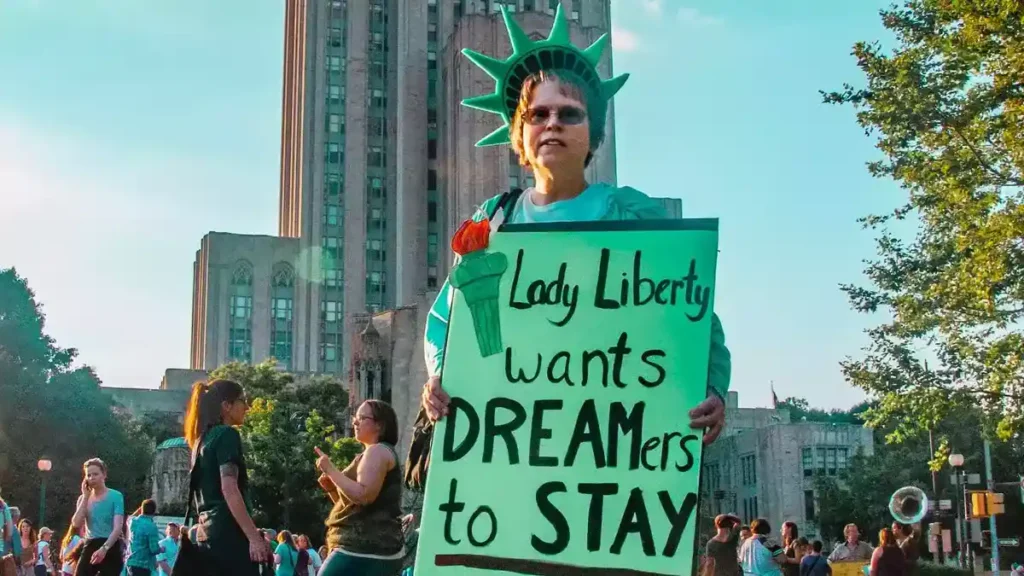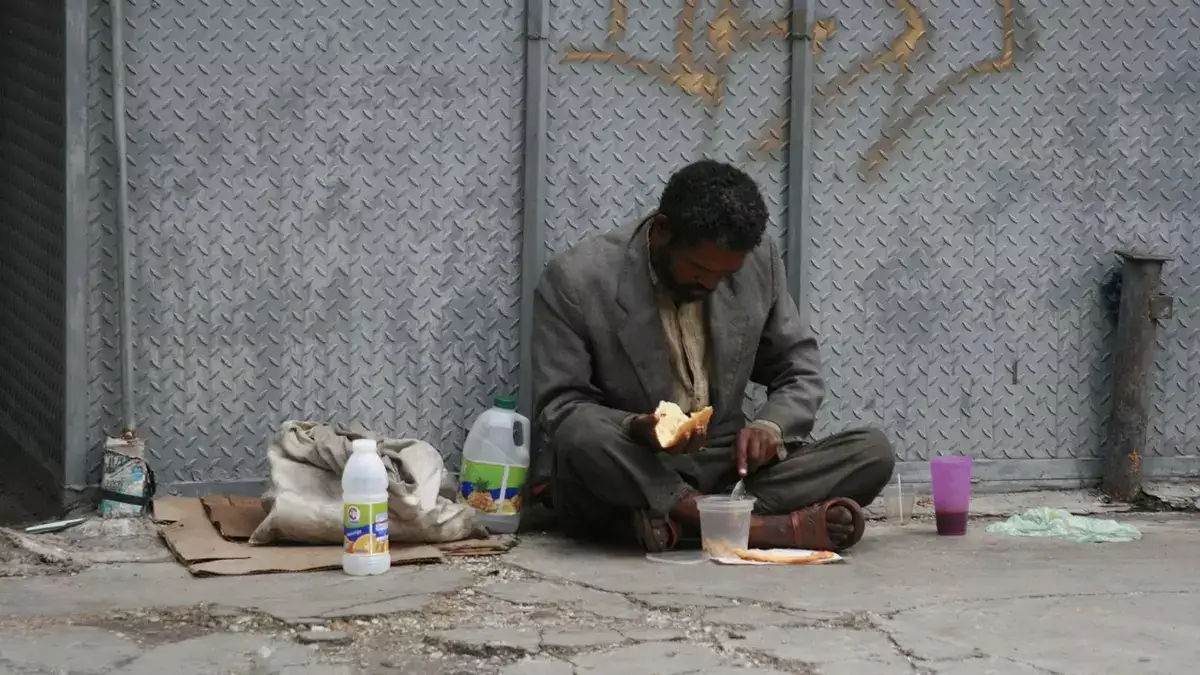Title 42 Expulsion
Title 42 Expulsion: The Biden administration is expanding the use of Title 42 Expulsion, a border measure enacted during the pandemic years, to begin rapidly expelling migrants from Cuba, Haiti, Nicaragua, and Venezuela, while simultaneously creating a new legal pathway for up to 30,000 migrants from those countries to enter the U.S. each month.

The new policy is the most extensive initiative done by the Biden administration to dissuade asylum-seekers from crossing the border illegally. As the administration argues in court that Title 42’s continued use as a border-control measure is no longer warranted on public-health grounds, our proposal depends on that argument being rejected. The Supreme Court has scheduled a hearing for February to hear oral arguments on Title 42 Expulsion.
The new scheme would provide asylum seekers two years of humanitarian protection during which they may legally work and apply for asylum, but it would also require them to find financial sponsors.
Cuban, Nicaraguan, and Venezuelan asylum seekers have made up the majority of those allowed to remain in the United States during the past year, posing a unique problem for the Trump administration. Title 42 Expulsion of the Mexican Constitution has long prohibited the country from accepting back migrants of specific ethnicities.
If the number of unlawful border crossers each month surpasses the 30,000 limits set by Mexico under Title 42 Expulsion, then those individuals will be permitted to remain in the United States to pursue asylum claims.
Any migrants who enter the United States, Mexico, or Panama outside of these legal channels as of Thursday will no longer be eligible for the humanitarian program.
This announcement arrives only days before Vice President Biden travels to Mexico City to attend the North American Leaders Summit and meet with Mexican President Andrés Manuel López Obrador and Canadian Prime Minister Justin Trudeau. On Sunday, he’ll also be in El Paso, Texas, where he’ll meet with local authorities and talk about border patrol.
The initiative expands on a policy introduced last October that allowed certain Venezuelan migrants to petition for legal entry into the United States with the help of a financial sponsor, while those apprehended at the border were swiftly deported under Title 42 Expulsion. The number of unlawful border crossing attempts by Venezuelans dropped by 90% after that measure was implemented.
Read Also: Bryan Kohberger will face murder charges in Idaho
Whether or not the program can be scaled up remains unclear. U.S. Customs and Border Protection estimates that approximately 70,000 migrants from the four countries have crossed the border each month so far this fall, suggesting that demand is likely to exceed the 30,000 monthly thresholds for legal entrance.
Proponents of immigration are expected to criticize the new policy, claiming that it violates international law by denying asylum to everyone except a chosen few individuals.
However, the idea is sure to face opposition from Republicans and supporters for stricter immigration laws since it constitutes a significant expansion of a controversial immigration power known as humanitarian parole.
It has been announced by administration officials that in addition to the new policy for the four nationalities, expedited removal would be used more frequently to swiftly remove any individuals who cannot be sent back to Mexico under Title 42 Expulsion.
The Department of Homeland Security has been expanding its air and ground transportation, officials said, to speed up deportations and move people to less crowded border regions for immigration procedures. In order to expedite the examination of asylum cases, the Department of Justice and this one are increasing the number of asylum officers and immigration judges. To have one’s asylum claim heard by an immigration court can take anywhere from three to five years after arriving at the U.S. border.
The administration has also stated its intention to increase the number of Latin American refugees admitted to the United States through its refugee admissions program by a factor of three. This program allows Latin American refugees who are resettled in the United States to obtain permanent residency and access to government benefits like Medicaid, food stamps, and cash assistance. However, State Department statistics show that only roughly 2,500 refugees from the region were resettled by the federal government in the fiscal year 2022. There won’t be much of an effect on the border by tripling that amount.
Some migrants undeterred after Title 42 Expulsion is upheld (Video) Watch Now
FAQ
How does Title 42 affect immigration?
Title 42, a law from the time of the pandemic that let the U.S. send back hundreds of thousands of migrants for reasons of public health, has become the latest point of contention in a heated national debate about how officials should deal with people who come across the southern border.

